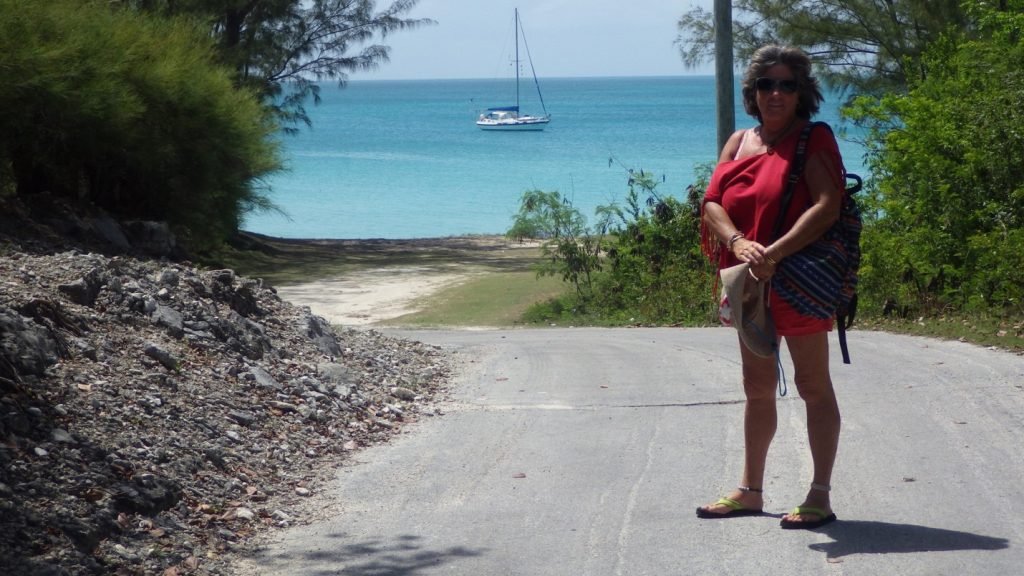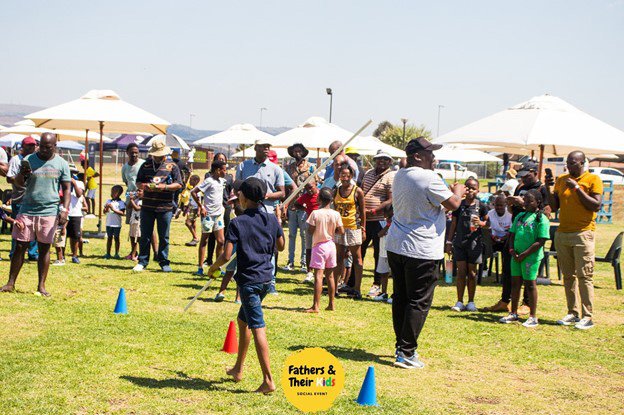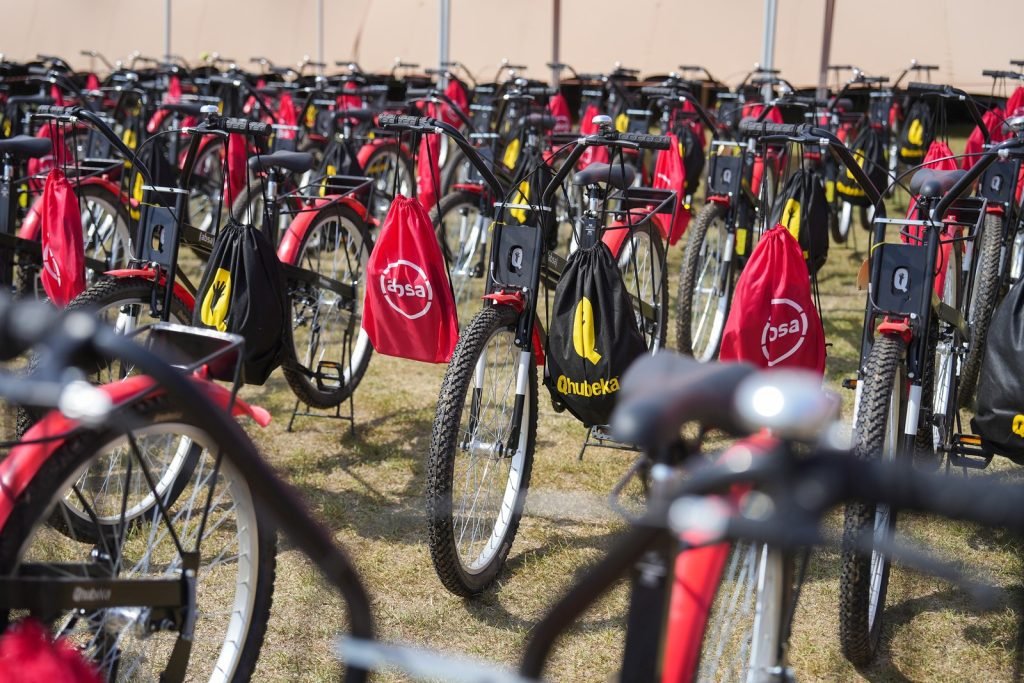By Yolanda Wessels
Shirley Dickinson says the first time that she went deep-sea sailing, she was hooked. This led to an eighteen-year journey of travels through the wide-open space, the uncontrolled motion of the ocean, the freedom, and of course being at the mercy of Mother Nature.
Growing up in Durban, KwaZulu Natal, the salt air was in her veins. When she was in her early 20s and married with two young children, her husband sailed and raced dinghies. We spent a lot of time at the Point Yacht Club. A friend bought a sailboat intending to sail to Thailand and commissioned her husband to teach him ‘the ropes’. That’s how it started.”
They immigrated to Canada in the 80s and bought 24’ sailboat to sail on Lake Ontario. “We started planning that when the kids graduated, we would get a live-aboard boat and go cruising. My husband changed his mind but encouraged me to follow my dream. I embarked on an adventure of cruising the oceans.”
Shirley returned to SA where she met a man who wanted to cruise the world and together, we started planning. “We bought a boat on an auction, refurbished the Swan 43’ and for five years we did yacht deliveries on the South African coast while at the same time fixing up our floating home.”
They set sail from Cape Town in 2006 joining the Governor’s Cup race to St Helena. From St Helena, we continued to Brazil. From Cape Town to Salvador, Brazil it took approximately 30 days. The beautiful sunsets, moonrises, sunrises, cloud formations, sea life, and constant mood changes of the ocean would keep us occupied and entertained for hours.
“The odd squall that would arrive with strong winds and torrential rains would be a subtle reminder not to drop our guard. Then it would be all hands on deck. I was always on the helm, that was my strength. John was responsible for sail work on deck. We would also fill the water tanks by using a water catcher that I had made from canvas and pipes leading directly into the water tanks and jerry cans on deck. Electricity was supplied by solar panels and a wind generator on the back of the boat. We had a small fridge and freezer. We caught fresh fish and, on the islands, ate what the locals ate.”
“Living on a boat is a lifestyle. It’s not for everyone. The freedom is refreshing, and you meet amazing people from all walks of life. We count on our fellow sailors in difficult situations. The Pay it Forward principle is certainly something that sailors live by.”
“The cruising life is cheap and cheerful. One would generally get a three-month visa to visit an island. You get to know the locals and shop and dine where they do. You get to know the customs and cultures of different countries.”
“As the boat is our home, housework, and maintenance must be done. The diesel motor must be serviced, canvas Bimini’s and dodgers must be checked and repaired if necessary, and diving under the boat to keep grass and barnacles from growing is an ongoing task in the warm waters of the Caribbean and Bahamas. Fresh bread gets baked every day, and laundry by hand except towels and linens go to the laundry every two to three weeks.”
“The good outweighs the bad. When fighting huge seas and strong winds the promise to sell the boat and become a landlubber happens every time. But when the storm passes, and the rainbow appears the promise is forgotten. It’s a good life. I have amazing memories of my almost two-decade journey at sea.”
The post At the mercy of Mother Nature – By Yolanda Wessels appeared first on The Home Of Great South African News.
Shirley Dickinson says the first time that she went deep-sea sailing, she was hooked. This led to an eighteen-year journey of travels through the wide-open space, the uncontrolled motion of the ocean, the freedom, and of course being at the mercy of Mother Nature.
The post At the mercy of Mother Nature – By Yolanda Wessels appeared first on The Home Of Great South African News. Read More



